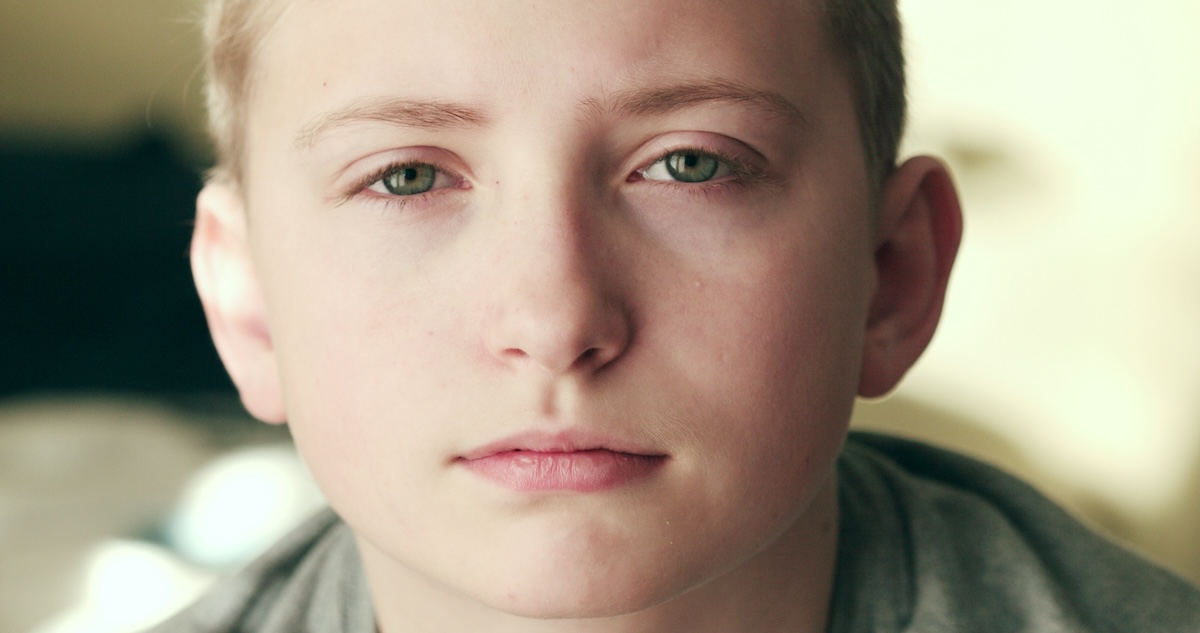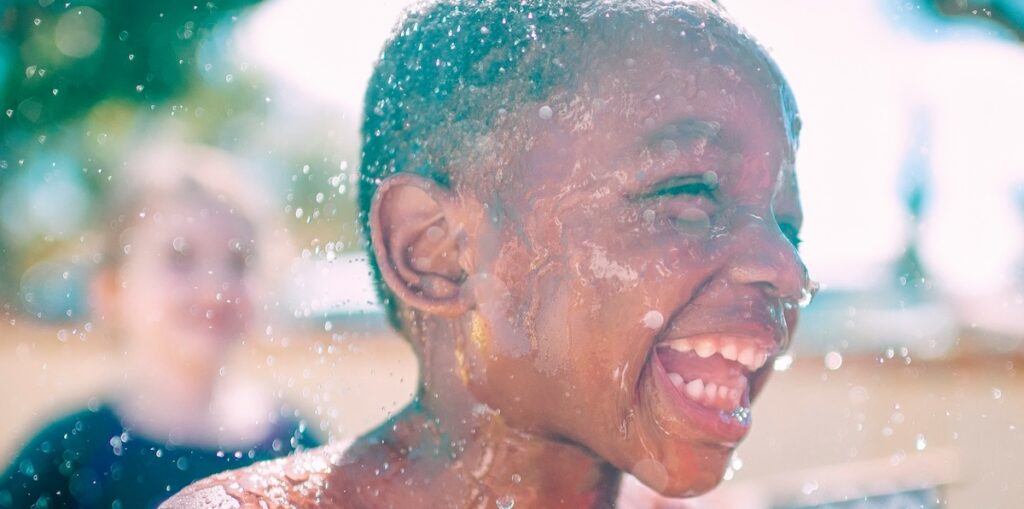Teaching Kids to Rethink Before Reacting

Kids are blessed with so many incredible traits that can help them change the world for the better. These include (but are not exclusive to) a sense of wonder, optimism, creativity, and an untethered imagination that knows no limits. They have us grownups beat in so many categories. However, they are missing one important thing that we have – fully developed frontal lobes. The frontal lobe is responsible for higher cognitive functions such as emotional responses to situations / interactions and impulse control. Because the frontal lobe is the last part of the brain to develop, adolescents have greater difficulty with mental tasks that involve thinking clearly, decision-making and impulse control. Meanwhile, the impulsive part of the brain is almost fully developed at adolescence. The result is a cognitive cocktail that is generally responsible for what adults call “acting out”. As you know, this can manifest as harmful and hurtful words and actions against others.
While some parents, teachers, and others in the frontal lobe club chalk-up impulsive behavior to “kids being kids”, steps can be taken to mitigate impetuousness in a preventative (instead of punitive) manner. Please read ahead to learn more!
How to Help Your Kids Rethink Before They Impulsively React and Use Words and Actions in a Negative Way
Effectively Applying the Golden Rule
There are variations as to the way the words are spoken, but the essence of “Do unto others as you would have them do unto you” (aka the Golden Rule) reigns as true today as when it first came to light more than a millennium ago. It is the foundation of any strategy to encourage kids to rethink anything that they are about to do that may impact others (family, friends, classmates). To ensure that the Golden Rule is employed when kids are presented with a challenge, ask that they consider the following before acting in any way:
Be observant – Ask them to be aware of the situations regarding those they are interacting with. For instance, they may see that a classmate is discouraged when participating in an activity or playing a sport along side them in PE class or an extracurricular game. Such an observation leads to the next level in the application of the Golden Rule.
Be empathetic – Once the struggle of a sibling, friend, or classmate (etc.) has been identified, ask your child to imagine themselves in that same position. Ask them to consider how much it would mean to them if a peer offered to provide support, instead of joining others who may laugh or make fun of them. This will cause them to rethink a response and come up with a more positive and empathetic one.
Be flexible – Remind your child that that everyone is different, and will respond differently to their empathetic call to action. What they (your child) would respond well to may not be the same as what their peer would want to have done for them. Your child should learn to consider a course of action/reaction that others will appreciate most. This includes developing an understanding or various capabilities, cultures, and ethnicities. This can be a challenge for younger kids to understand, but involvement in programs (such as school gardens) that foster an environment of accessibility and diversity will lay the foundation for better appreciation and compassion for others.
Digital Resources
Kids in modern times have to contend with whole new consequences to actions. Pretty much everything makes its way online, which today unfortunately includes hurtful words and accompanying images/videos about others. This doesn’t just hurt the targeted parties, but eventually those who initiated and participated in the cyber-bullying. When it comes to kids, both sides are victims of a culture that has been fostered in the current world.
To paraphrase a quote from Erica Albright in The Social Network: The internet’s not written in pencil, it’s written in ink‘. To help youth comes to terms with this, habitual behavior must be formed that compels them to rethink anything that they share on social media. It’s important to fight fire with fire, or in this case software with software. In our Kid’s Corner we recently released a video highlighting an amazing digital invention by Trisha Prabhu. As the video above indicates, Trisha created the ReThink app (for Apple and Google) to literally encourage youth to rethink potentially harmful texts and posts they make on social media. It does so by recognizing “negative” keywords in a text/post, and initiates an “are you sure?” type of alert to the user, prior to posting of the content. Ultimately, the intent of the app (or others like it) is to initiate a beneficial change in behavior that forms into permanent etiquette that kids can carry into adulthood.
The Plant a Seed & See What Grows Foundation works tirelessly to inspire and promote healthy living and learning for kids across Canada. Help us help the next generation by pledging your support too! View more on how you can get involved.









